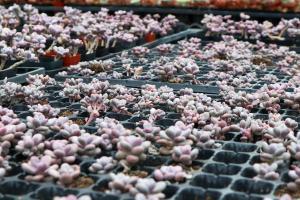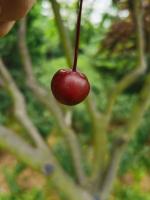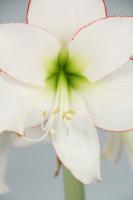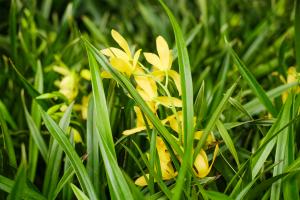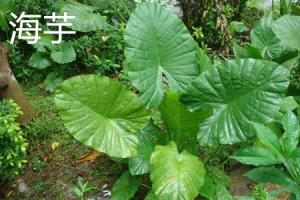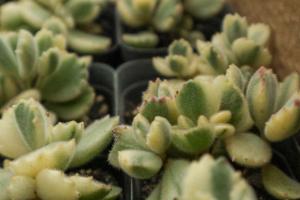1、 How to raise in winter
1. Heat preservation treatment: it has slight cold resistance, but the temperature cannot be lower than 0 ℃. To be on the safe side, it is recommended to move to indoor management in winter to avoid frostbite of plants, especially in northern areas. Most of the northern areas have heating, and the plants can grow normally in the indoor environment

2. More sun exposure: in winter, it is best to put it in the sunshine during maintenance, so as to help it survive the winter. More solar energy can increase its temperature and help it accumulate nutrients
3. A small amount of watering: the temperature is low in winter, the water loss is slow, and its growth speed is also slow, so it is necessary to reduce watering. If the soil is not dry, it's best not to water it at will. Generally, watering it once a week is OK. If the water is large, it is easy to hurt the root

4. Stop fertilizer treatment: the amount of fertilizer must be controlled in winter. It is recommended to stop fertilizer treatment, and then manage normally after the plant returns to growth in spring, and supplement fertilizer appropriately to avoid fertilizer damage to it
2、 What if the flytrap leaves are black
Its leaves are black, which may be caused by too much light, temperature discomfort, watering or fertilization. No matter what the reason is, it should be treated as soon as possible after discovery. In terms of temperature, it is best to provide it with an environment of 15-25 degrees. At ordinary times, it is recommended to water it with basin sitting method to avoid water logging. The humidity is controlled between 50% - 70%. You can cover the bag and keep it stuffy for a period of time, then put it in the sun for a week, and then take it out for maintenance. In addition, let it eat less to avoid indigestion. Fertilization is best applied after dilution
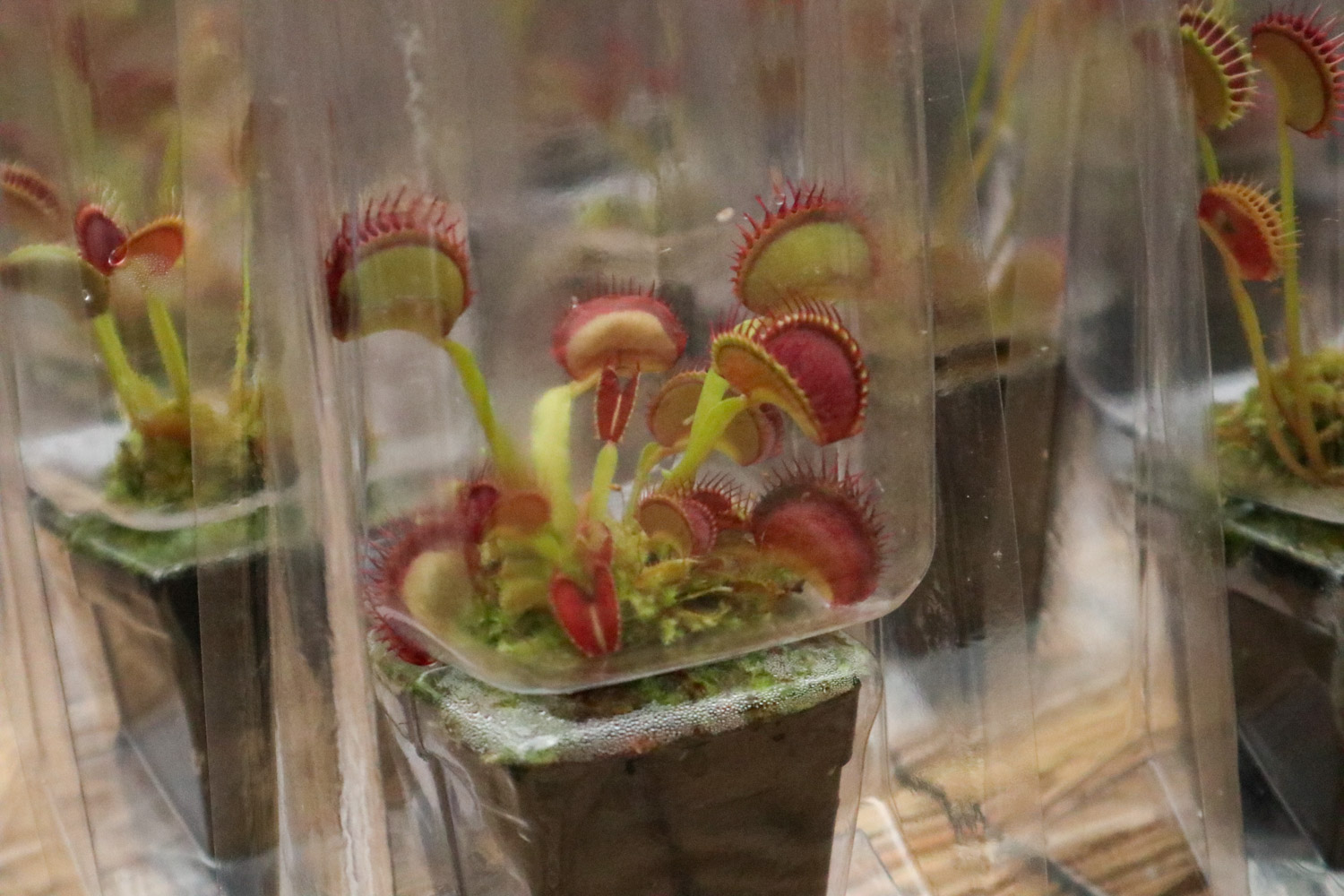

 how many times do yo...
how many times do yo... how many planted tre...
how many planted tre... how many pine trees ...
how many pine trees ... how many pecan trees...
how many pecan trees... how many plants comp...
how many plants comp... how many plants can ...
how many plants can ... how many plants and ...
how many plants and ... how many pepper plan...
how many pepper plan...